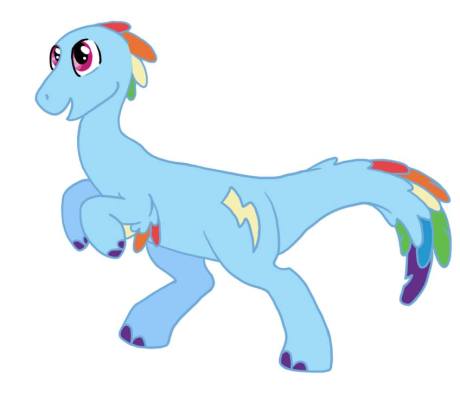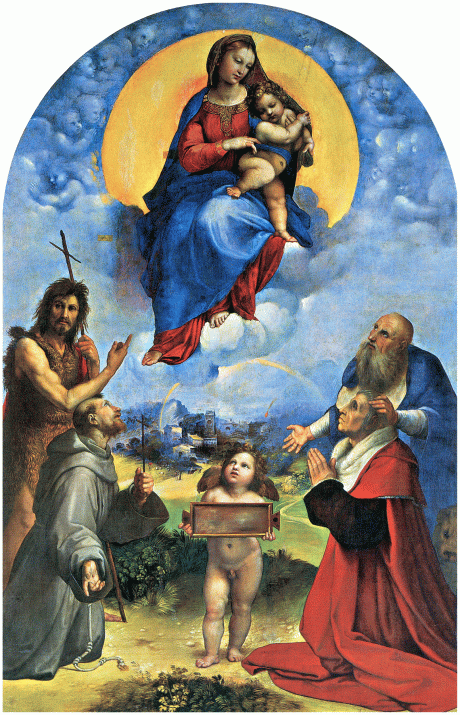Petite Prehistorics July 12, 2013
Posted by mareserinitatis in geology, older son, younger son.Tags: art, bronies, dinosaurs, geology, my little pony
4 comments
The interwebs may be familiar with Bronies…that is, boys who like My Little Pony or, as they prefer to call it, MLP. The older son became interested in them a couple years ago (apparently he writes Pony fanfic now), and the younger son is, of course, emulating his older brother. For his most recent birthday, the younger son received 3 stuffed Ponies, which absolutely thrilled him. He often takes them to daycare.
(I’d like to pause for a moment and say how I think it’s completely awesome that it’s okay for boys to like MLP given it would have been quite humiliating when I was a kid.)
The other morning, the younger son ran to grab a pony before daycare. (Pinky Pie? I have a hard time following.) He was also wearing one of his favorite shirts, which features a t-rex and says, “Kickin’ it, old school.” I took a picture of him posing with the pony and posted it on FB saying how I love that he likes both ponies and dinosaurs. My friend @karifur commented on the picture saying there should be My Little Dinos, at which point another very talented artist friend, Becky Barnes (who works for the state Geological Survey and creates the Fossils in ND newsletter) posted a pic of such a creation.
Sadly, because it would violate copyright, she can’t sell anything with these images, but she did say I could share them so that people can use them. Maybe you can make a t-shirt for a little girl who might get into dinosaurs if they were more pastel? I just ask, however, that if you use these images on the web, you give credit to Becky.
(Also, Becky made a dino coloring book, so maybe that would be a good gift, as well!) You can buy the book here.
The art of citations August 15, 2012
Posted by mareserinitatis in engineering, papers, research, science.Tags: art, citations, papers, research
2 comments
I had an art class in Governor’s school that really reminds me of how I feel when people look at my research. Governor’s school, in North Dakota, is a six week program where you get to be immersed in a particular area of interest. Usually this involves some in depth, hands-on experience. I ended up spending six weeks doing research in a biology lab. I came out of the experience knowing I loved research but hated biology, and that ultimately got me interested in a career in science.
Aside from all that, we had enrichment activities in the evenings. My enrichment class was drawing. I can’t remember the specific name of the project, but basically we were supposed to draw part of another image. I chose to draw the Madonna’s face from Rafael’s Madonna de Foligno. I was at a place where I didn’t have access to any good art supplies, so I just did the drawing on lined paper. After I’d finished it up, I was terribly disappointed I’d not had any real drawing paper as it was one of the nicest drawings I’ve ever made. I felt like the lines on the notebook paper really disrupted a beautiful image.
My art teacher was a college student, and even though the term hipster hadn’t yet been coined, that’s what immediately pops to mind when I think about him. Rather than being impressed with my uber-awesome drawing skills, he thought the neatest thing about the drawing was that it was on lined paper. I guess he thought it made it look modern or something like that. I was livid. I’d worked so hard to get the image right, and he only cared about how the paper made it look cool (which it didn’t).
This is how I feel when I get citations.
I really like Google Scholar’s profile option. That being said, I’m almost always let down when I get one. I don’t mean to be picky, but I’ve noticed that certain papers get a lot more citations than others. The problem I have with this is that these aren’t my favorite papers: I think I have other papers that are better quality research.
What seems to happen is that one paper will be cited by someone, and once it’s cited, others will start using it as a reference. Some of this obviously has to do with areas where research is more active, which is understandable. I’m sure some of the papers are cited more simply because there’s more related literature coming out. I have to admit, though, that it’s frustrating when a paper you aren’t all that fond of has far more references than the one you really poured yourself into.
It’s kind of like someone admiring your drawing because it’s on lined paper.
Wordless Wednesday: Things in my office February 22, 2012
Posted by mareserinitatis in engineering, photography, work.Tags: art, artologica, office space, pictures, work, workplace
add a comment
Repost: Physics with Toaster Strudels March 13, 2011
Posted by mareserinitatis in food/cooking, math, physics.Tags: art, food, frosting, lissajous, oscilloscope, toaster strudel
1 comment so far
In my love all things Pillsbury (does it surprise anyone that I used to work in Pillsbury Hall, of all places?), I became addicted quite a while ago to the toaster strudels. Very early on, the younger son decided that his toaster strudels were actually canvases upon which his mother was supposed to create pictures. Apparently, he’s not the first to have this idea. But there is only so much detail one can get before the frosting starts running low.
One day, as I was messing around, I came up with the idea of making Lissajous figures. This was not particularly impressive to my younger offspring as he would rather I draw cars, tractors, trains, or Transformers. I, however, thought it was pretty cool.
Lissajous figures are figures created on an oscilloscope when you have two signals that are harmonics. One of the signals can have a fundamental frequency, while the other is a multiple (n). This sort of arrangement makes the figure look like a large loop of string with (n-1) crossings and n “loops”. So a fundamental frequency with it’s second harmonic would create a figure 8 – one crossing and two loops. The Science Museum of Minnesota has a fascinating demonstration using a rod that you vibrate. Looking at the end of the rod, you can see the same figures depending on how you torque it initially.
You don’t have to stick with the fundamental frequency, however. You can have a second harmonic in one direction and a third in the other. That’s what I chose to do with my toaster strudel. I’ve also tried to get the 3rd harmonic mixed with the fourth, but that seems to require more frosting than is available in the little packet…and I’m not sure I’m willing to have a frostingless toaster strudel down the line just for the sake of art.
I’m thinking that the next thing I could try would be free-body diagrams…preferably on inclined planes. Or perhaps an XKCD cartoon.
In case you’re interested, Wolfram has a nice set of 2- and 3-D visualizations of Lissajous figures.







 I also blog at Engineer Blogs, home away from home to some of the best engineering blogs.
I also blog at Engineer Blogs, home away from home to some of the best engineering blogs.